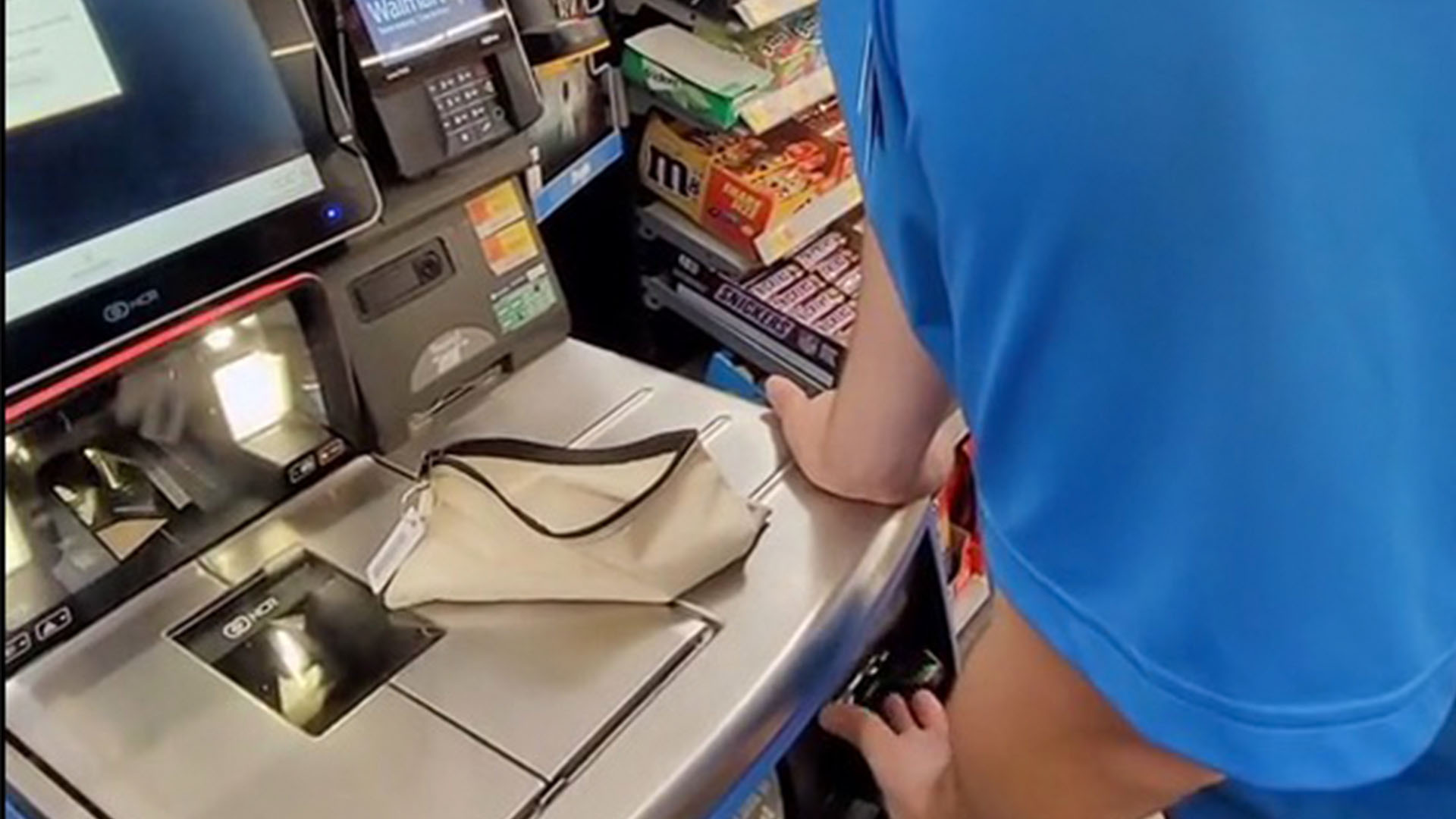Walmart, one of the largest retail chains globally, has implemented state-of-the-art technology across its stores, including its self-checkout systems. The self-checkout process relies on a sophisticated network of cameras, weight sensors, and advanced software to ensure a seamless shopping experience for customers.
Walmart implements a robust monitoring system to prevent theft and ensure precision in transactions during the self-checkout process. This approach involves multiple layers of monitoring, which may vary in specifics depending on the store, but generally includes a range of measures to ensure accuracy and and security.
Walmart’s stores are outfitted with strategically positioned surveillance cameras to monitor the self-checkout area. These cameras perform various functions, such as observing customer actions, transactions, and items scanned, providing valuable insights and ensuring security.
Weight Sensors
Integrated into the self-checkout stations are precision weight sensors designed to detect discrepancies between the items scanned and those placed in bags. These sensors are finely tuned to identify variations in weight, ensuring items scanned match those bagged by customers.

Advanced Software Algorithms
The backbone of Walmart’s self-checkout system lies in its suphisticated software algorhitms. These algorithms analyze data from cameras and and weight sensors, cross-referencing it with the store’s inventory database. This allows the system to flag any inconsistencies or potential cases of theft.
Walmart’s self-checkout system operates in real-time, allowing for constant monitoring of transactions. The system triggers alerts for store associates when it detects discrepancies, such as items not scanned or incorrect weights. However, it’s important to note that these alerts don’t necessarily indicate theft; they can also be triggered by technical issues or errors in scanning.
Human Oversight
Despite the advanced technology in place, human oversight remains crucial in Walmart’s approach to self-checkout. Store associates are trained to intervene when alerted by the system, conducting physical checks and assisting customers to ensure a smooth checkout process.
Walmart, similiar to other stores, prioritizes openness when it comes to its methods of monitoring. Customers are frequently made aware of the surveillance and and monitoring systems through signs positioned near the self-checkout stations. This not only discourages potential theft but also educates customers about the store’s security measures.
The deliberate choice to avoid scanning items at self-checkout may be viewed as an act of shoplifting or theft from a legal perspective. Retailers such as Walmart have established policies and measures to tackle such situations, which may include taking legal measures or prohibiting individuals from entering the store.
In summary, Walmart’s self-checkout system combines advanced technology and human supervision to guarantee transaction accuracy and deter theft. By incorporating surveillance cameras, weight sensors, and sophisticated software, the system enables constant monitoring and immediate alerts, assisting store associates in upholding a safe shopping atmosphere.
While the system is robust, it’s important to approach self-checkout with honesty and integrity. Intentional theft or misuse of the self-checkout process can have legal consequences, emphasizing the significance of ethical conduct during shopping.
Understanding how Walmart’s self-checkout operates sheds light on the meticulous measures in place to safeguard transactions and maintain store security.









